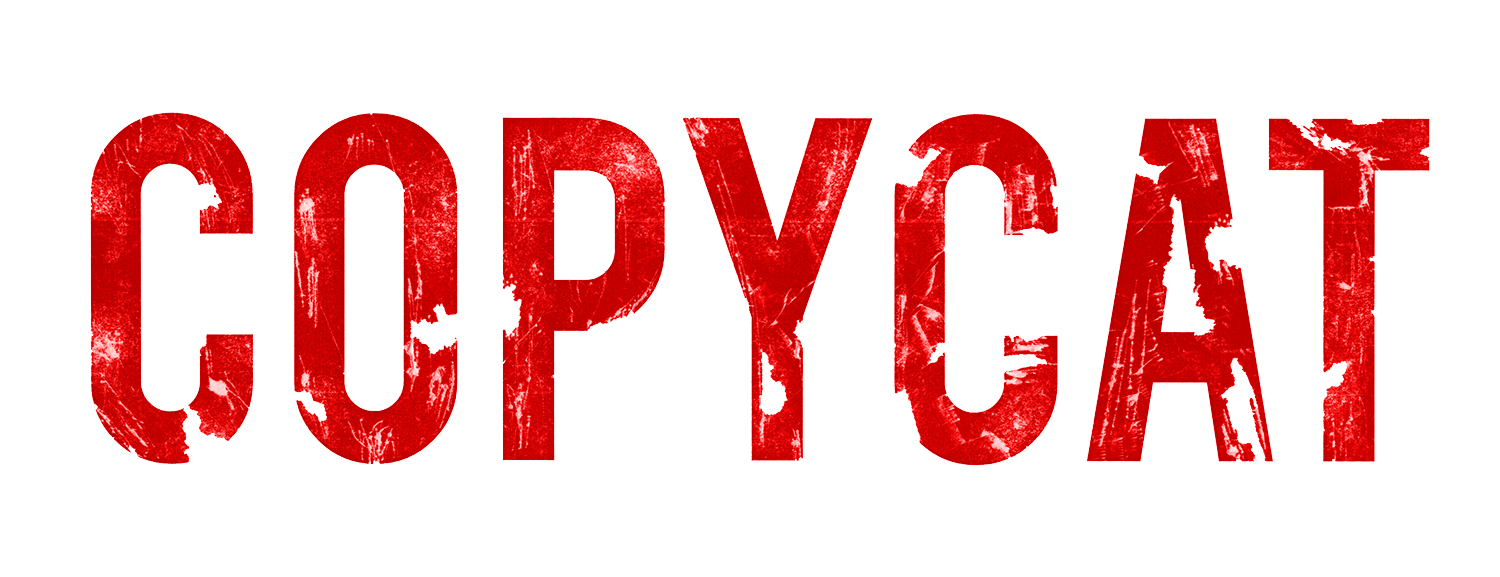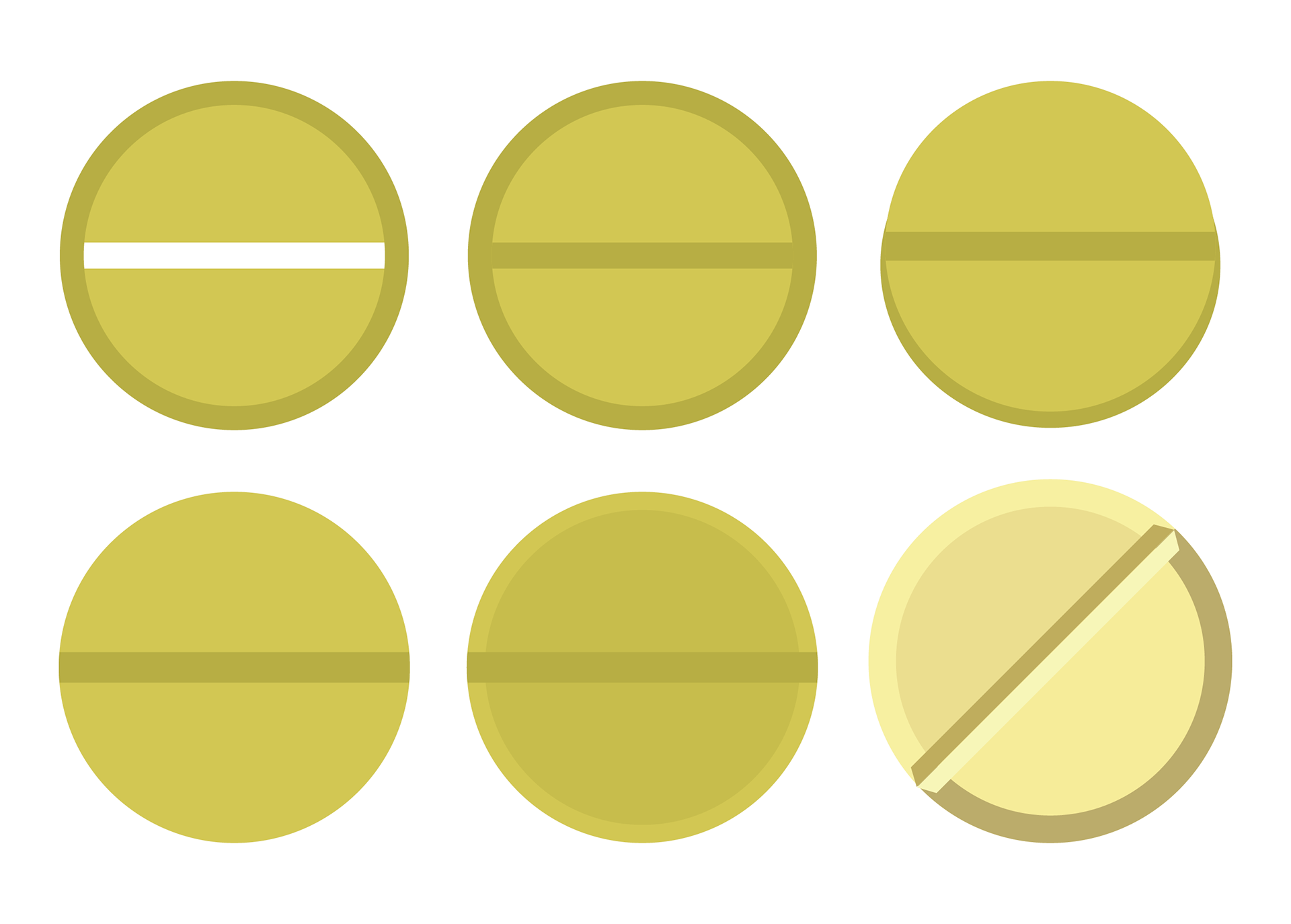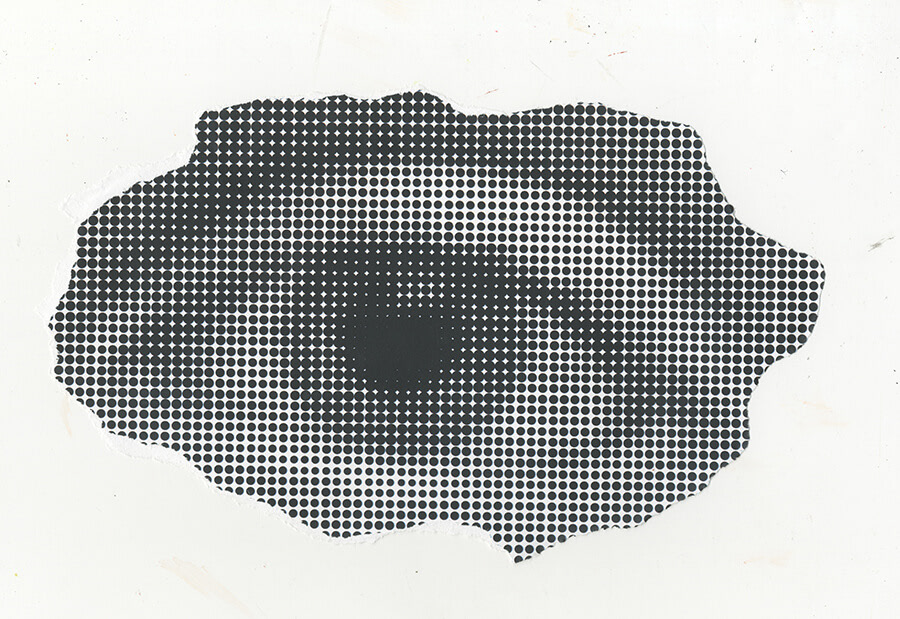Copycat is a 1995 psychological thriller that follows agoraphobic criminal psychologist Helen Hudson and Inspector M.J. Monahan on their mission to catch a serial killer who is copying the most notorious killers of the century. Utilizing vector-rendered pills, manipulated photography, ripped and scanned images, and hand-distressed typography, I explored the film’s psychological elements. These themes include silence, mental health, and fragmented identity.
Preliminary Research
Despite having seen this movie countless times, I began the design process by watching Copycat twice. I paid close attention to color palette, imagery, and motifs. During the second viewing, I documented my observations and their relationship to the plot.


Preliminary Sketches
I reviewed the motifs, objects, symbols, and occurrences that I took note of and selected those most prominent in the film to explore. While sketching, I recognized a pattern of psychological chaos and mystery surrounding identity. I chose to pursue this direction as I began the digital sketching process.




Digital Sketches
The driving force behind my digital sketches was the piecing together of the killer's identity, in the sense of both Dr. Hudson and Inspector Monahan's investigation and in the sense of the killer's fusion of DeSalvo, Buono and Bianchi, Berkowitz, Dahmer, and Bundy's modi operandi. Progressively throughout my iterations, I introduced other elements of the film into the compositions.






Image-Making
The image-making process for the development of the final version of the poster was incredibly hands-on. The final composition is a digitally-rendered collage of vector images, physically and digitally manipulated photography, and hand-distressed typography.
For the title, a digitally-distressed font was not the right solution. It lacked the roughness, violence, and intensity that Copycat called for. I set the type in Bebas Neue and printed it on computer paper. I then distressed it with an eraser and a utility knife and scanned it back into the computer. I further manipulated the typography in Photoshop and applied color relevant to the film's palette, then separated and placed each letter individually within the composition.


For the vector pills, which represent Dr. Hudson's battle with agoraphobia, I began by exploring flat variations. The simpler solutions did not translate effectively, so I pursued a dimensional approach.


Knowing that I wanted to explore fragmented identity as a central theme, I photographed male facial features at a variety of angles and distances. I manipulated these images in Photoshop, experimenting with saturation, extreme contrast, halftone dots, and distortion. Once satisfied with the experiments, I printed them out. I physically ripped and distressed the images, then scanned them back into the computer. The manipulated images were then combined digitally to create a fractured portrait, using variations in scale to heighten the sense of unease.



Student Project. Not meant for publication or commercial use.

